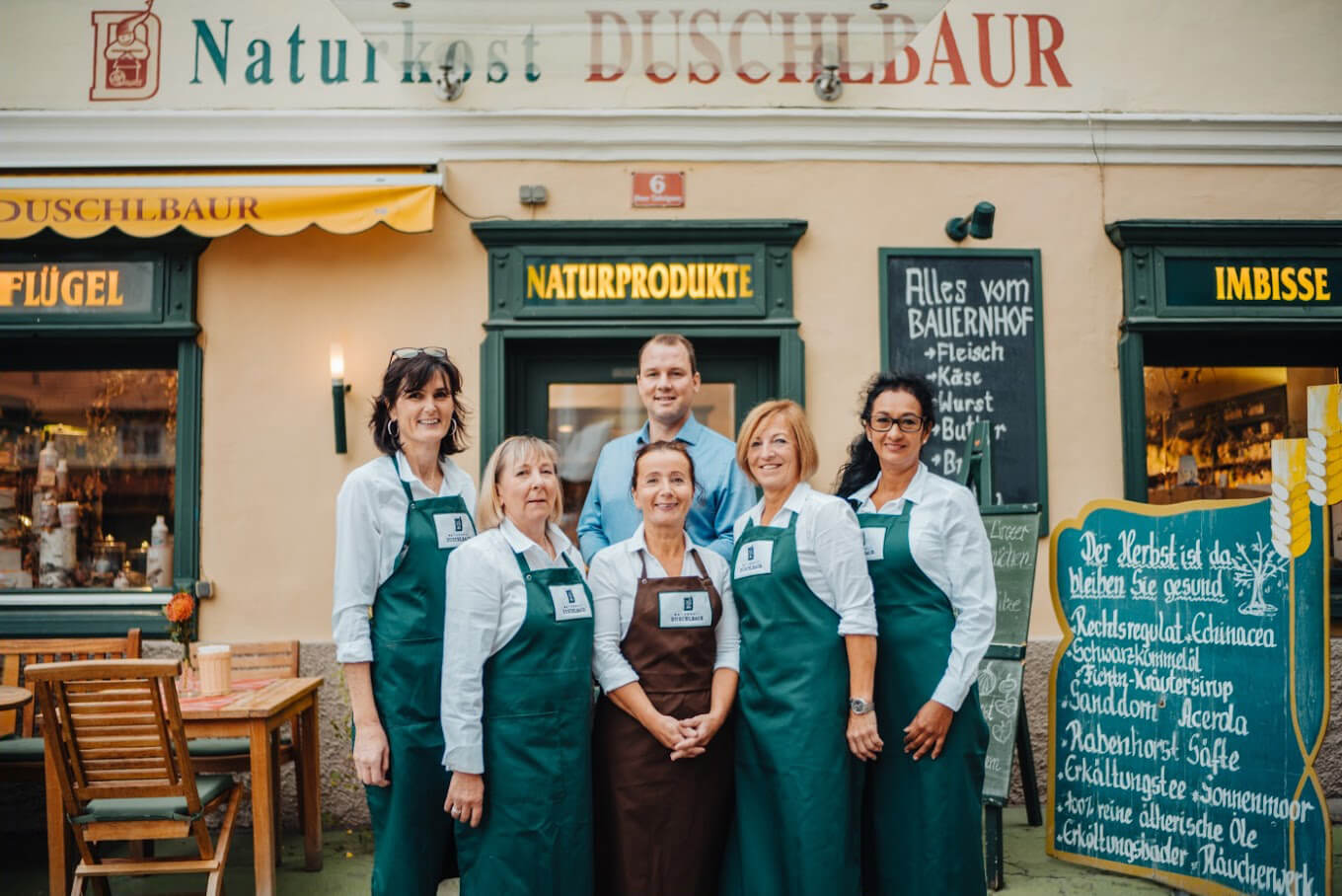The natural ingredients of theArnica tincture dropsare:Water, alcohol, mountain arnica.
To produce these very valuable drops we use the plant with flowers.
How popular arnica is in domestic herb gardens can be seen from its many names: mountain marigold, mountain pathwort, mountain arnica, mountain arnica, mountain root flowers, mountain root, blood flowers, blood shoot, Christ root, thunder flower, angel flower, angel flowers, angel herb, dyer's flower, fall herb, fall herb flowers, chamois flowers, leopard's bane, St. John's flower, power rose, power root, power root, leopard's strangleweed, middle root, monk's cap, stitch herb, stitch root, St. Lucian's herb, entanglement herb, arnica, arnica, arnica flowers, wolferley, wolffelei, wolf flower, wolfsbane, wolf thistle, woundwort.
The name Arnica montana probably comes from the Greek word “ptarmica” = sneezing herb, because the pollen causes a strong sneezing sensation.
Did you know that in France snuff was made from powdered arnica flowers and given the name “Vosges tobacco”.
Arnica montana is a perennial plant growing up to 50 cm tall. A downy, hairy stem with one or two opposite pairs of leaves emerges from four rosette-like leaves. From June to August, single, large, bright yellow composite flowers bloom. The flower heads are disheveled and asymmetrical and exude the characteristic arnica scent.
The arnica plant survives the winter with an underground rhizome. This root shoot, brownish-yellow on the outside and white on the inside, bears the actual roots at the nodes. A symbiosis with root fungi ensures the supply of nutrients.







